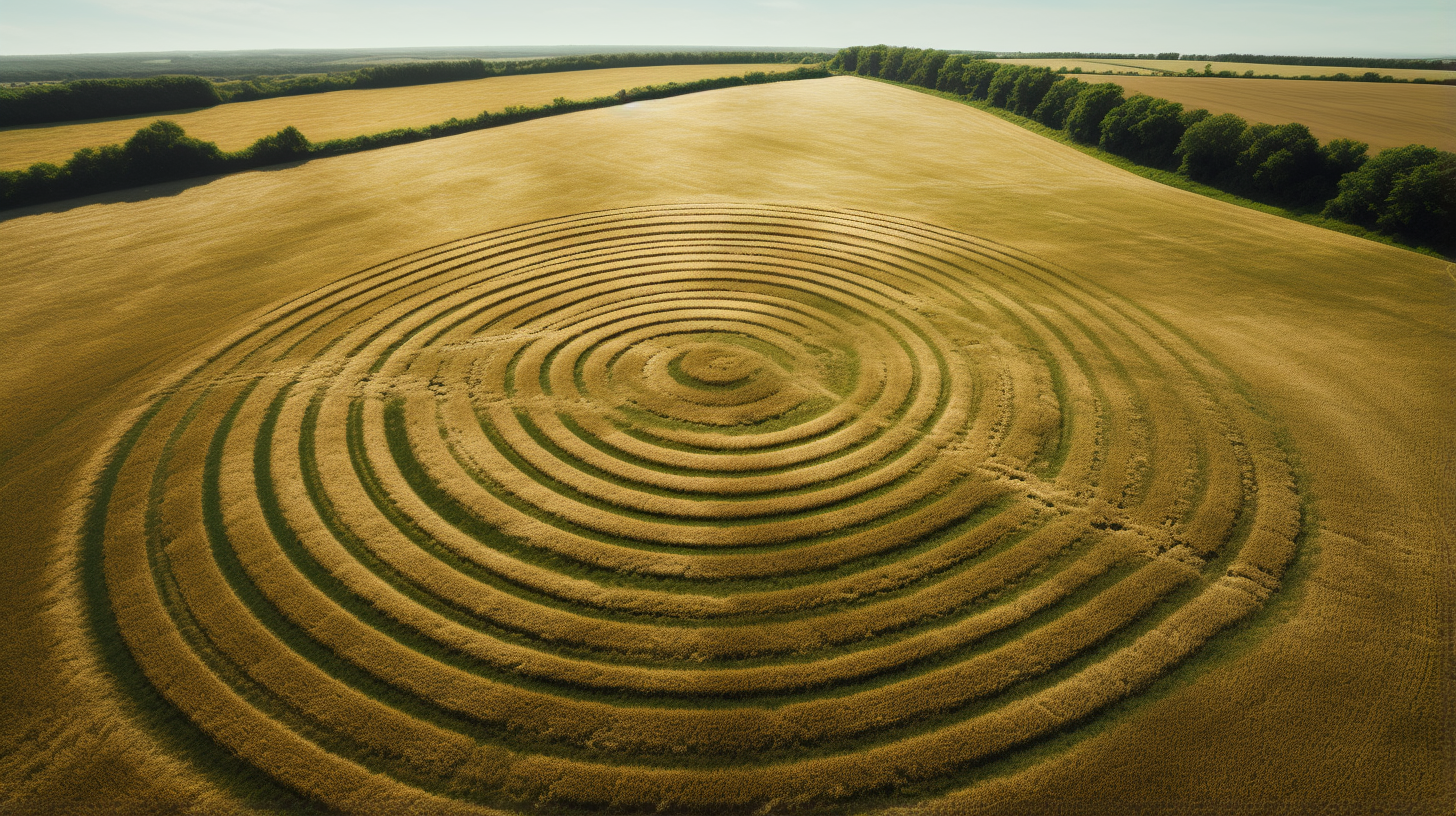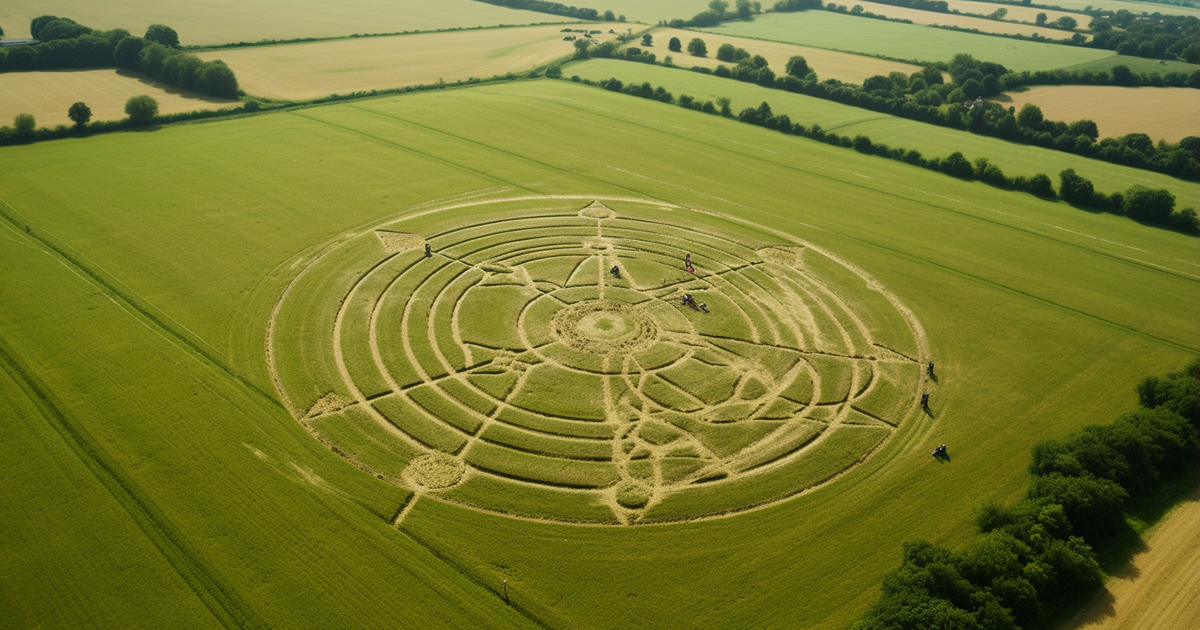Amidst the serene English countryside and under the vast open sky, a captivating enigma emerged in the 1990s. Crop circles, those mysterious and elaborate designs etched into fields of crops, have long captivated scientists, enthusiasts, and conspiracy theorists alike.
While the enigmatic allure of these patterns has often been linked to mysterious forces, a surprising revelation has emerged: radiation found in crop circles might actually have a positive impact on plant growth.
The saga began in May 1999 when American billionaire and philanthropist Lawrence Rockefeller established a grant to fund one of the most extensive studies on crop circles in history.
This moment marked a turning point where scientific inquiry took the lead, guiding researchers towards a deeper comprehension of the origins and consequences of these puzzling formations.
Dr. WC Levengood, a pioneering scientist, played a pivotal role in this research. He journeyed to the heart of Southern England, where inexplicable crop circles would materialize. Dr. Levengood’s groundbreaking work led to a series of astonishing discoveries.

One of the most riveting findings was the apparent correlation between microwave radiation and changes in crop stocks within these formations.
Dr. Levengood’s observations suggested that some crop stocks in the circles displayed damage consistent with the effects of microwave radiation. This observation sparked a compelling question: could radiation be the catalyst behind the formation of crop circles? Yet, this was just scratching the surface.
Aside from microwave radiation, traces of other radiation forms were identified within these formations. Even more astounding was the discovery that crops grown inside crop circles exhibited notably superior growth rates compared to those outside.
Within the circles, plant growth accelerated at an impressive pace, nearly quintuple the rate observed outside.
Dr. Levengood did not settle for merely noting these anomalies. He embarked on a scientific exploration journey that eventually led to the creation of a groundbreaking technology called molecular impulse response. Stemming from his crop circle research, this technology proved to be a game-changer in agriculture.
Inspired by the rapid growth witnessed within crop circles, molecular impulse response technology found practical applications in plant cultivation.
Researchers marveled at how radiation studies within crop circles inadvertently revealed the secrets of fostering accelerated plant growth. This discovery held profound implications for the agricultural sector.
Nevertheless, the intrigue did not end there. Crop circles have been linked to more than just enhanced plant growth. Some individuals claimed to witness mysterious lights, UFOs, or UAPs (Unidentified Aerial Phenomena) hovering near fields where crop circles later formed.
Even more confounding, “ghost formations” occasionally materialized long after the fields had been cleared.
These ghost formations bore a striking resemblance to crop circles from the previous year, defying conventional explanations. Is there a connection between these strange occurrences and the presence of aerial phenomena?
For proponents of the ancient astronaut theory, these peculiar events suggest a remarkable notion: certain crop circles may not be of earthly origin. Instead, they propose that these intricate patterns could be the creation of extraterrestrial beings, serving a purpose that remains incompletely understood.
As we contemplate the intersection of scientific investigation and the enigmatic realm of crop circles, one fact becomes apparent: these formations harbor more mysteries than meet the eye.
The association between radiation, heightened plant growth, and the enduring enigma of ghost formations urges us to persist in exploring the depths of this captivating phenomenon.
Video:
Deep in rural England, where crops sway in the gentle breeze and patterns emerge in fields, the tale of crop circles unfolds. As researchers delve deeper into the unknown, they may one day unravel the true essence of these intricate designs and their remarkable influence on agriculture.
